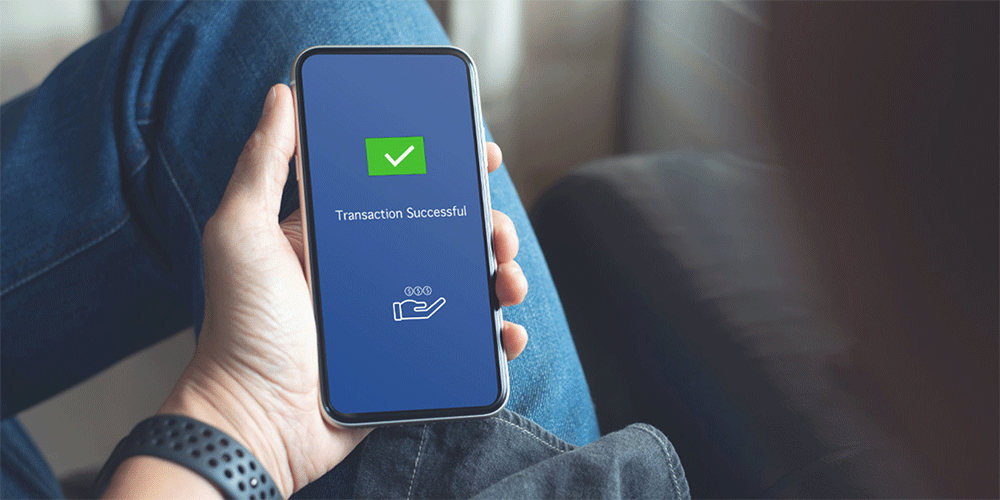Part 2 of a 3-part series. If you have not read Part 1, you may want to start there.
I sit down in a restaurant, and when the server comes to take the drink order, I’ll say, “Coke Zero, please.” Odds are, the server will reply, “Is Diet Coke OK?” or “Is Diet Pepsi OK?” I’ve never seen someone order a steak and have the server say, “Is salmon OK?” I know that may be a ridiculous example (and I’m actually not that militant about my soft drink preferences), but the point is that the server’s response implies that there isn’t much difference between the beverages; but to some of us, there is a big difference.
In Part 1 of this series, I tried to give the 30,000-foot view of the world of cash apps and their value as an option for donors for their regular tithe and offering gifts. In this piece, I’ll try to point out some of the more nuanced differences among three popular peer-to-peer mobile apps: Venmo, Zelle, and Cash App. You may already have one of those on your phone, or maybe all three.
- Venmo seems to be the most well-known player in the peer-to-peer money transfer world, with more than 83 million Venmo users. It is owned by PayPal.
- Zelle is quickly gaining on Venmo, with 61.6 million users, moving $490 billion in 2021 in 1.8 billion payments. ) It is owned by Early Warning Services, LLC, which is a consortium of U.S. banks: Bank of America, Truist, Capital One, JPMorgan, Chase, PNC Bank, U.S. Bank, and Wells Fargo.
- Cash App has about 14 million active users, with about 13 million also having the Cash App (debit) card. It is owned by the company, Square. (which makes the onsite card readers many small businesses use). Many churches may already be using Square card readers for fundraisers and such to allow people to pay with a credit card.
Why would Zelle, with fewer users, move more than twice as much money? The simple explanation is that Venmo was made to move money digitally between individuals; Zelle was created to move money between bank accounts.
WHAT FEES ARE INVOLVED?
More than a decade ago I started encouraging churches to move to electronic giving. The greatest pushback I got was around the fees. In the early days, when bank transfers were the main source of electronic offerings, the fees were small: less than a dollar to add a giving unit (one-time charge) and $.25 or less for the transaction. As these vendors grew, more options brought more fees: start-up fees, monthly fees, and credit card transaction fees – all providing more options to donors, and, in some cases, giving the donors the option to add the fees to their donation. “With electronic giving, you pay a fee only if someone actually gives!”
Here’s some good news for churches: if your church’s account and the donors’ account are both with banks that participate with Zelle, there may be no fees at all (yes, as in free). More than a thousand banks are now participating. Zelle giving is from bank account to bank account, not from credit cards, so credit card fees are not an issue.
Both Venmo and Cash App work differently from Zelle, but they share a similar fee structure, assuming the church sets up a business account. “Fee-free” giving is usually limited to money you may already have in your Venmo or Cash App account. If a donor sends money from a credit card, there will be a 2.75% to 3% fee. If a donation comes from a debit card, fees will be less.
If the church chooses the option for instant transfer (over the 1-3 days a normal transfer takes), there will be a fee for the faster transfer into the church’s account.
There are also some fees that may be levied on the church, and you can find a complete list of Venmo fees on the Venmo website. To find more information on Cash app fees, click here.
excerpt from a story by Rev. Dr. Ken Sloane, Director, Stewardship & Generosity, Discipleship Ministries, The United Methodist Church.
United Methodist Church Giving is about people working together to accomplish something bigger than themselves. In so doing, we effect change around the world, all in the name of Jesus Christ. To read stories about the generosity of United Methodists click here.





